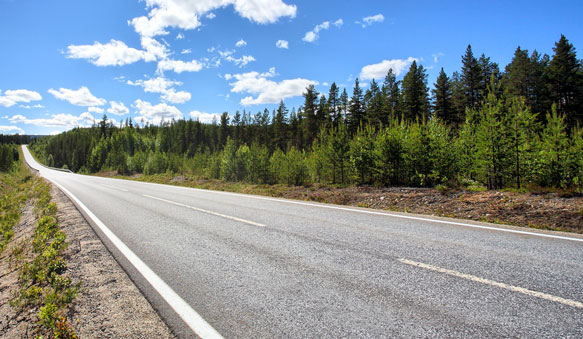
About us
Experience and innovation
The idea behind our pallet system is based on many years of experience of supplying pallets and a conviction that there must be a more efficient way than the system of wooden pallets that wear out and have to be replaced. By viewing the pallet as part of the whole logistics solution and not just as a load-bearer, we have developed a business model that makes processing cheaper and more efficient with less impact on the environment.
Business concept
Lower costs, more efficient flows and less impact on the environment
By considering the customer’s needs and the entire lifecycle of the pallet, we aim to offer a sustainable pallet system to help our customers to cut their costs, reduce their impact on the environment and gain control of their pallet handling.
From idea to finished pallet
Can a pallet change the way a whole industry see things?
When we started developing the DACA pallet, our aim was to reduce costs and give our customers control of their pallet flows again. Lots of resources go into handling and classifying conventional wooden pallets, with a risk of wastage and costs that are hard to keep track of.
Our business model is based on a new way of thinking, in which sustainability goes hand in hand with cost-effectiveness and efficiency.
With a functional and durable pallet made from recyclable plastic, we aim to create a system that circulates the material instead of discarding it. Customers hire pallets from us at a fixed price and have full control over their pallet flow. This is cheaper and more efficient and really does reduce the impact on the environment.
Tough goals bring results
Our list of requirements for the pallet was clear: we wanted sustainability, light weight, an attractive price and the best possible environmental performance.
We looked at the market for plastic pallets and examined the requirements that a plastic material for use in a returnable pallet must satisfy. The relationship between weight, strength, rigidity and plastic quality needed to be optimised in the choice of material and design.
It also had to be possible to recycle the pallet several times over, destroy it without releasing any harmful substances and dye it in various colours. We tested several different plastic raw materials, mixtures and additives to find the right one.
The design and construction have also been developed and improved and we are now proud to have achieved our goal of developing a pallet of good quality and sustainable construction. The plastic tool we use today was tested and modified in 2008-2010, and production of our new pallets started in Poland in 2010. Altogether more than 100,000 pallets have now been produced.


